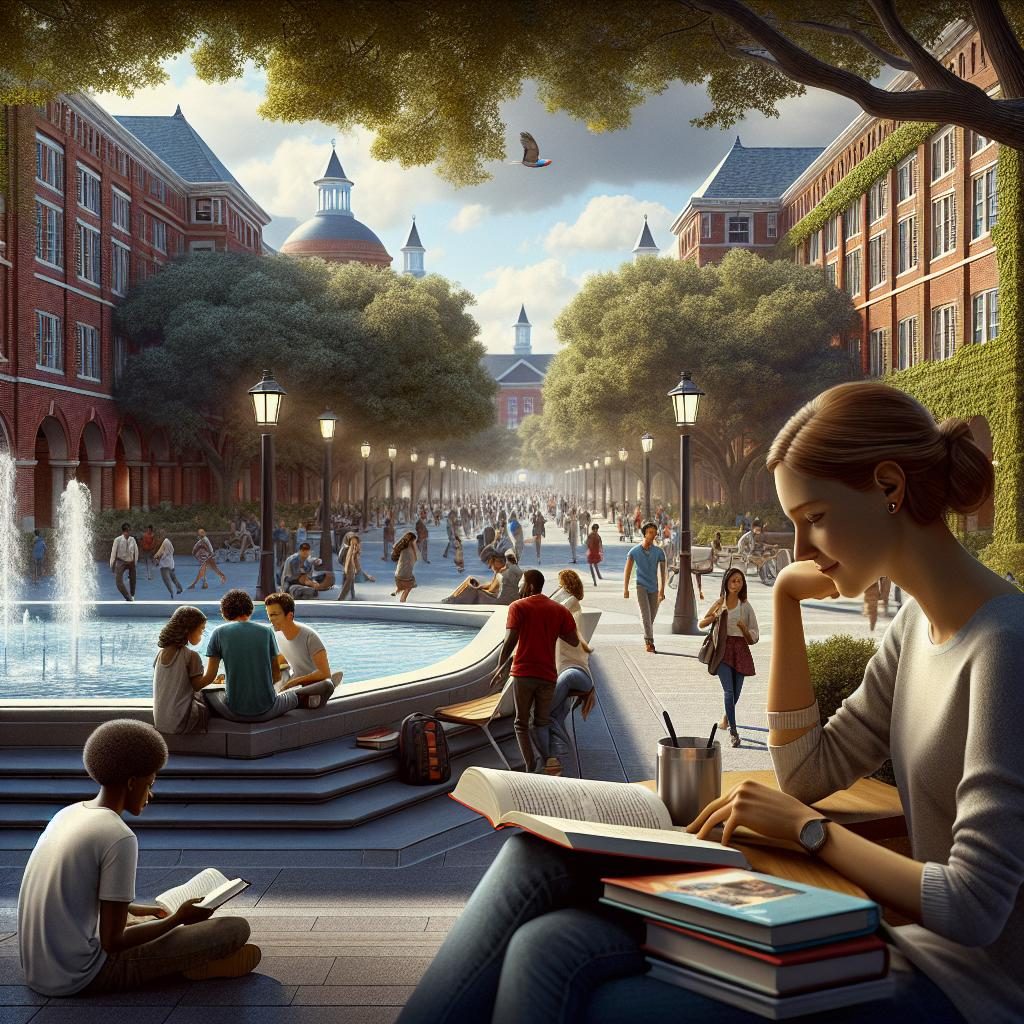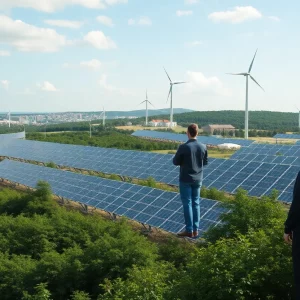COLUMBIA – A Steady Start for South Carolina College Enrollment in 2024
As summer fades and students bustle back to classrooms, South Carolina’s college enrollment appears to be holding steady this fall. According to preliminary data from the state’s higher education agency, approximately 158,000 students have signed up for four-year universities across the state. This figure mirrors last year’s enrollment, showing resilience in a time when many colleges nationwide face challenges.
Optimism Amidst National Trends
In a recent meeting, Jeff Perez, the newly appointed President of the Commission on Higher Education, shared insights on the state of higher education in South Carolina. While officials from around the country have been predicting a so-called “enrollment cliff” due to declining birth rates and shifting attitudes toward higher education, Perez confidently stated, “Thelma and Louise are nowhere near the cliff.” His remarks cleverly referenced the well-known 1990s film, hinting that South Carolina is not on the precipice like many small liberal arts colleges elsewhere, particularly in the Midwest and Northeast, which have seen closures.
In fact, South Carolina’s continuing population growth offers a counterbalance to the downturn. A significant surge in retirees moving to the state has contributed to a sharp increase in those aged 65 and older—up by a whopping 50% since the 2010 census. In contrast, the population of individuals aged 19 and younger has only seen a modest growth of 3% during the same period. This trend underscores the state’s attraction for families and young adults alike, leading to a flurry of new school constructions and heightened educational aspirations.
Universities on the Rise
In terms of individual university performance, both the University of South Carolina (USC) and Clemson University are celebrating their successes. USC’s Columbia campus is experiencing stable freshman enrollment, which is about the same as last year, with over half of these newcomers being in-state residents. Remarkably, USC has surpassed 38,000 total students for the first time in its history.
Clemson, on the other hand, maintains a flat enrollment around 29,000 students. Interestingly, the majority of its incoming freshmen also hail from South Carolina, followed by students from states like North Carolina, New York, New Jersey, Georgia, and Florida. Both institutions are drawing much higher application numbers than they can accommodate—USC received over 50,000 applications and Clemson attracted over 60,000.
Emerging Trends and Challenges
While larger public universities thrive, some smaller colleges are facing declining enrollments. Coastal Carolina University continues its upward trajectory, and South Carolina State University, a historically black university, is also seeing growth. However, Winthrop University has stumbled, along with a few private institutions such as Allen University, which have struggled to attract students.
Looking ahead, the educational landscape may still face changes. Projections indicate that national high school graduation rates are expected to peak in 2025 at approximately 3.9 million graduates before experiencing an anticipated 11% decline by 2037. In light of these trends, Governor Henry McMaster has called for a systemic review of higher education in South Carolina to evaluate what’s working and what’s not.
Future Implications
The proposed study would tackle some tough questions, like whether certain public colleges might need to consolidate. Although the state House supported this initiative, it was pulled from the state spending plan by Senate budget writers. However, the governor remains determined to revisit it come January as the legislature reconvenes.
With increasing demand for specialized skills and training, the governor highlighted the necessity of ensuring that South Carolina’s educational programs align with the workforce’s future needs. “The time has come to evaluate whether the courses, degrees, and certificates that are offered are meeting our state’s future workforce needs,” he noted.
The discussions surrounding funding and structural changes are crucial as South Carolina continues to navigate its place in the ever-evolving world of higher education, striving to prepare students not only for degrees but for meaningful careers.







